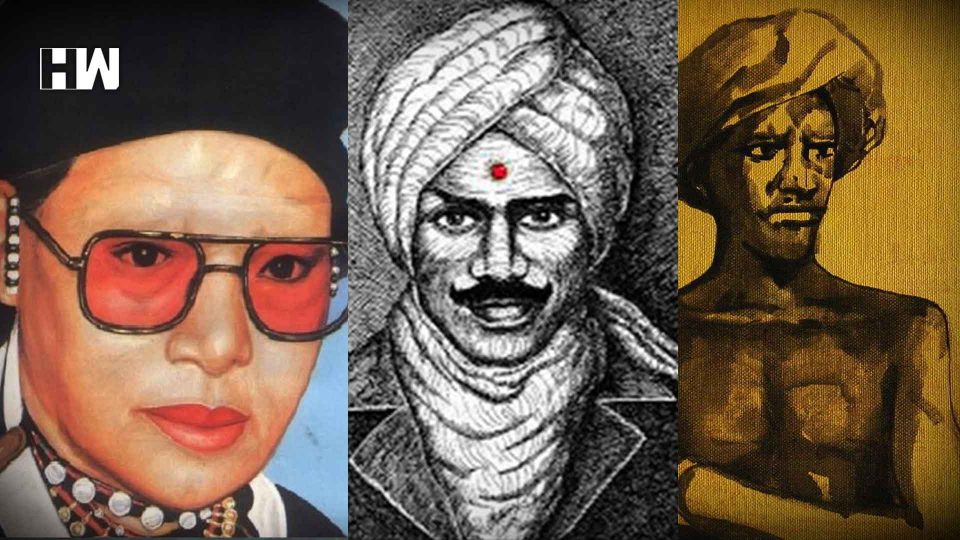India received independence on August 15, 1947. Most of us don’t know about them or their contribution to India’s freedom struggle.
New Delhi| India received independence on August 15, 1947. Several freedom fighters struggled, fought, protested for India to be free from the British rule. On this day every year, we remember and pay tribute to them. However, there are some unsung heroes of India’s freedom struggle. Most of us don’t know about them or their contribution to India’s freedom struggle.
Chinnaswami Subramanya Bharathiyar
Chinnaswami Subramanya Bharathi was a Tamil poet, writer, journalist and freedom fighter. He was popularly known as Bharathiyar. Bharathiyar, a linguist had knowledge of Sanskrit, Hindi, Telugu, English, French and Arabic. It was during his stay in Varanasi that he was exposed to the concept of spiritual nationalism. In December 1905, he attended the All India Congress session held in Varanasi. On his journey back home, he met Sister Nivedita, Swami Vivekananda’s spiritual heir.

Later, he considered her his Guru. He attended the Indian National Congress session in Calcutta under Dadabhai Naoiroji, which demanded Swaraj and boycott of British goods. As a journalist, he used to write articles vociferously demanding independence. When one of his colleagues faced a case by British govt, he escaped to Pondicherry from where he continued his work. Bharathi was subsequently arrested by the British when he returned to India. Later he was released upon intervention by Annie Besant and C.P. Ramaswamy Aiyar. He died in 1921.
Rani Gaidinliu
One of the forgotten names of the Indian independence struggle is Rani Gaidinliu. She was a Naga spiritual leader who later turned into political protestor following British rule in India. At the age of 13, she joined the Heraka religious movement. The movement later turned into a political movement seeking to drive out the British from Manipur and the surrounding Naga areas.

At the age of 16, Gaidinliu was arrested. the British rulers sentenced her to life imprisonment. It was Jawaharlal Nehru who met her at Shillong Jail in 1937. He not only gave her the title of “Rani” (Queen) but also promised to pursue her release. After India gained independence in 1947, she was released and continued to work for the Naga community. She was conferred “Tamrapatra Freedom Fighter Award” in 1972 and the Padma Bhushan in 1982.
Birsa Munda
A tribal freedom fighter, Birsa Munda led a tribal movement in the present-day Bihar and Jharkhand against British Raj. he is also the only tribal leader to have been honoured with hanging his portrait on the walls of parliament museum. As he was sharp in studies, his parents were asked to put him in German Mission School but, converting to Christianity was compulsory to join the school and Birsa thus converted to Christianity and was renamed as Birsa David, which later became as Birsa Daud.

It was only after the influence of Sardar Patel’s movement against conversion, that his parents left Christianity and returned to their original tribal religion. In his younger days, he actively started campaigning against the British. He gave the famous slogan threatening the British Raj—Abua raj seter jana, maharani raj tundu jana (Let the kingdom of the queen be ended and our kingdom is established).
As an independent media platform, we do not take advertisements from governments and corporate houses. It is you, our readers, who have supported us on our journey to do honest and unbiased journalism. Please contribute, so that we can continue to do the same in future.

